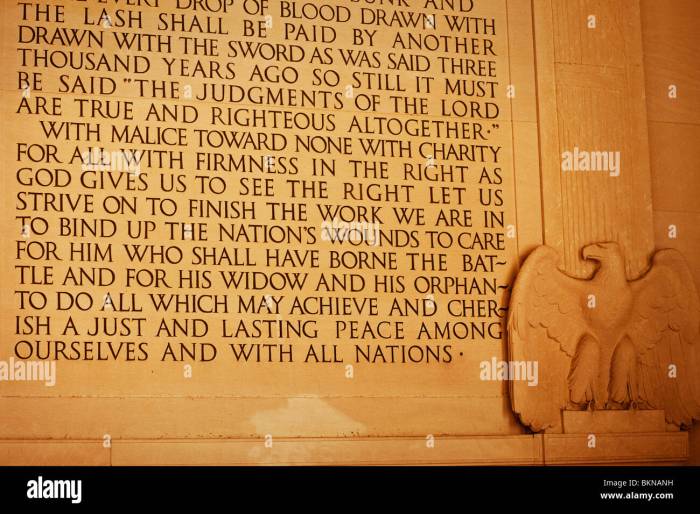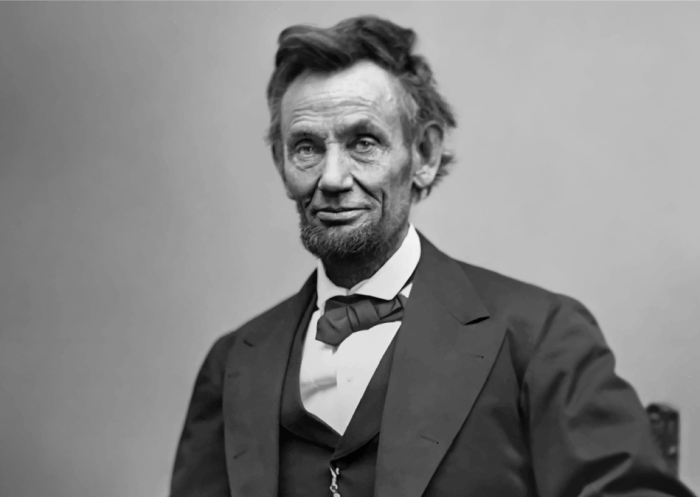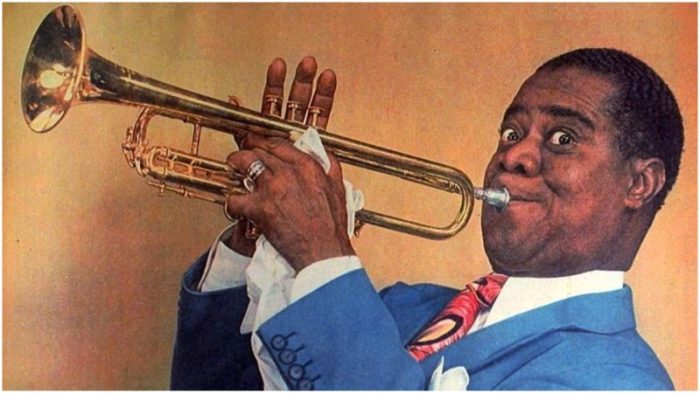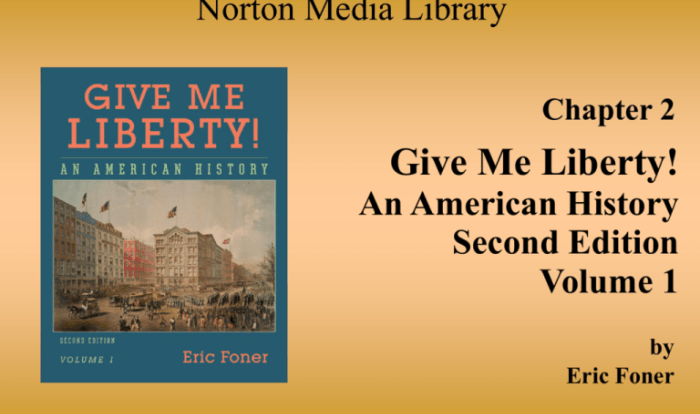Rhetorical devices in Lincoln’s second inaugural address played a pivotal role in shaping its message and impact. This address, delivered in the midst of the Civil War, stands as a testament to Lincoln’s oratorical prowess and his ability to rally the nation during a time of great turmoil.
Through the use of symbolism, metaphors, biblical and historical allusions, rhetorical questions, parallelism, contrast, and juxtaposition, Lincoln crafted a speech that resonated deeply with his audience and continues to inspire today.
Rhetorical Devices in Lincoln’s Second Inaugural Address

Lincoln’s Second Inaugural Address, delivered on March 4, 1865, is a powerful and moving speech that served as a reflection on the ongoing Civil War and a call for unity and healing. The address is notable for its use of various rhetorical devices, which contribute to its persuasive power and emotional impact.
Symbolism and Metaphor, Rhetorical devices in lincoln’s second inaugural address
Lincoln employs symbolism and metaphors to convey complex ideas and evoke emotions. For example, he refers to the nation as a “mystic chord of memory” that binds Americans together despite their differences. He also uses the metaphor of a “ship of state” to represent the nation navigating the turbulent waters of war.
Biblical and Historical Allusions
Lincoln draws upon biblical and historical allusions to enhance the credibility and emotional appeal of his address. He references the biblical parable of the prodigal son to illustrate the need for forgiveness and reconciliation. He also alludes to the Declaration of Independence and the Constitution to emphasize the importance of preserving the principles of liberty and equality.
Rhetorical Questions and Parallelism
Lincoln uses rhetorical questions and parallelism to engage his audience and reinforce his arguments. For example, he asks, “Must a government of necessity be too strong for the liberties of its own people?” This rhetorical question challenges the notion that a strong government is inherently oppressive.
Parallelism is evident in phrases such as “With malice toward none; with charity for all” and “The progress of our arms, upon which all else chiefly depends, is as well known to the public as to myself.” These parallel structures create a sense of rhythm and emphasis.
Contrast and Juxtaposition
Lincoln employs contrast and juxtaposition to highlight the key themes and arguments of his speech. He contrasts the horrors of war with the hope for a peaceful future. He also juxtaposes the suffering of the soldiers with the sacrifices made by their families and loved ones.
Tone and Language
The tone of Lincoln’s address is somber and reflective, yet hopeful and conciliatory. He uses elevated language and poetic imagery to create a sense of gravity and urgency. His use of the word “malice” to describe the feelings he holds toward his enemies is particularly noteworthy, as it suggests a willingness to forgive and move forward.
Expert Answers: Rhetorical Devices In Lincoln’s Second Inaugural Address
What was the purpose of Lincoln’s second inaugural address?
Lincoln’s second inaugural address was delivered on March 4, 1865, just weeks before the end of the Civil War. In this speech, Lincoln sought to reunite the nation, heal the wounds of war, and chart a course for the future of the United States.
What are some of the most notable rhetorical devices used by Lincoln in this speech?
Lincoln employed a wide range of rhetorical devices in his second inaugural address, including symbolism, metaphors, biblical and historical allusions, rhetorical questions, parallelism, contrast, and juxtaposition. These devices helped him to convey his message in a clear, persuasive, and emotionally resonant way.
How did these rhetorical devices contribute to the overall impact of the speech?
Lincoln’s skillful use of rhetorical devices helped to make his second inaugural address one of the most memorable and impactful speeches in American history. These devices allowed him to connect with his audience on a personal and emotional level, and to persuade them to support his vision for the future of the United States.





